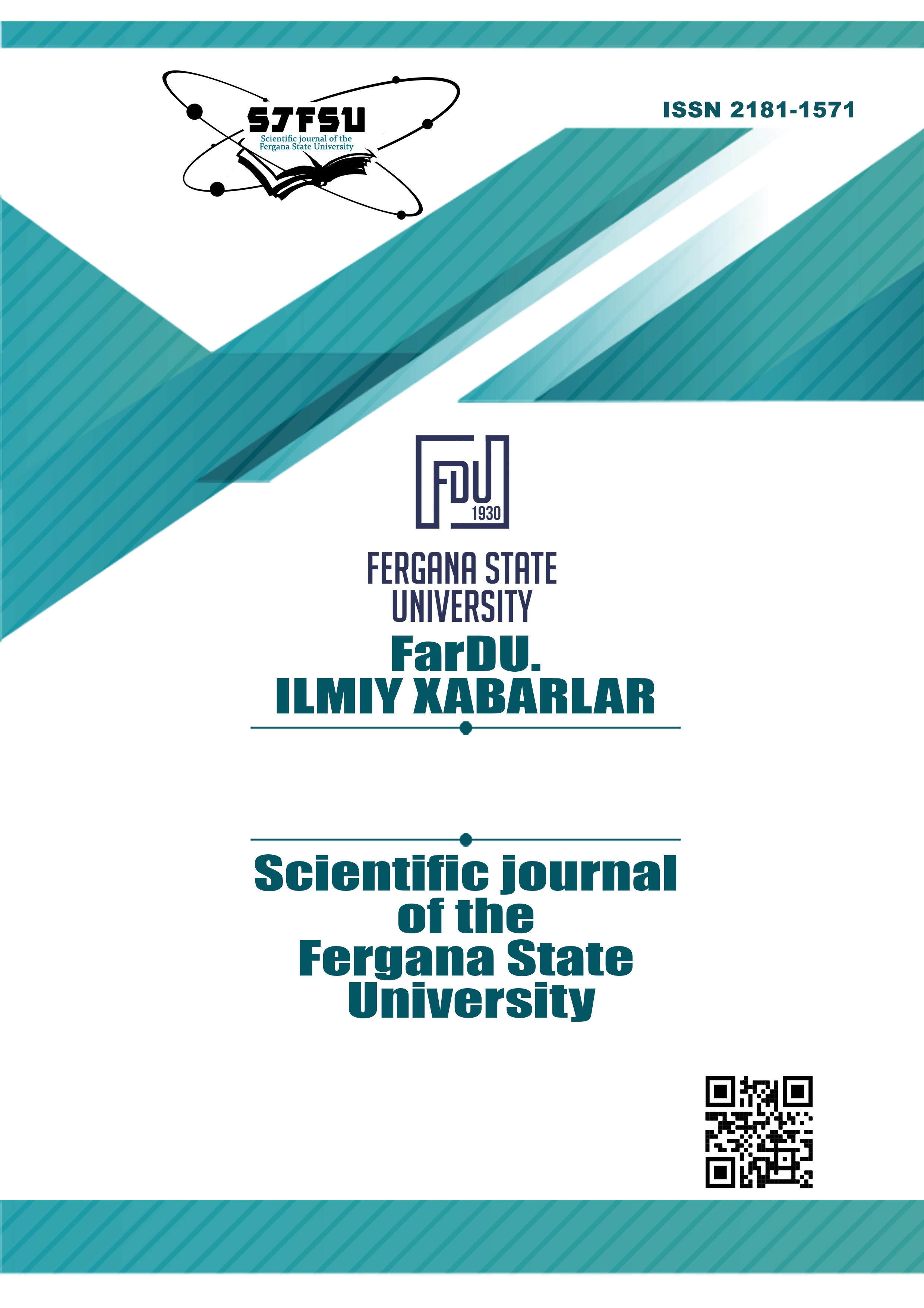LINGUOPRAGMATIC CHARACTERISTICS OF THE IMPERATIVE SPEECH ACT
Keywords:
pragmalinguistics, pragmatic competence, speech act, imperative speech act, contextAbstract
In the article, the views of linguists on the theory of language and speech, as well as the functions of the speech act in pragmatics, which is one of the main fields of modern linguistics, and the research conducted on the categories of pragmatic competence, are researched into the context of the imperative speech act. Also, the article analyzes theoretical ideas about the imperative speech act based on examples taken from works of art.
References
Dale April Koike The Modern Language Journal, Vol. 73, No. 3 (Autumn, 1989), pp. 279-289 (11 pages)
Discourse and context in language teaching. A guide for language teachers.
Marianne Celce-Murcia Elite Olshtain. Cambridge university press.
MUNGLI KO‘ZLAR. Xudoyberdi To‘xtaboyev. Toshkent 2020
Остин Дж. Слово как действие /Дж.Остин// Новое в зарубежной лингвистике.-М.: Прогресс, 1986.- Вып. 17.- С.131.
PRAGMALINGVISTIKA ASOSLARI. M.Hakimov, M.Gaziyeva Toshkent.2020
Pragmatics Language Workbooks. Peccei Jean Stilwell. 1999
Safarov Sh. Pragmalingvistika: monografiya. – Toshkent, 2008. – B.77-82.
Searle J. Speech Acts: An Essay in the Philosophy of Language. – Cambridge: Cambridge University Press, 1969. – 203 p.
Celce-Mucia M. Rethinking the role of communicative competence in language . In: E.S. Alcon and M.P. Safant (Eds.). Intercultural Language Use and Language Learning. – Springer, 2007. - 41-47 pp.
Гумбольдт В. О различии строения человеческих языков и его влиянии на духовное развитие человеческого рода // Хрестоматия по истории языкознания XIX-XX веков. – Составил В.А. Звегинцев. –М.: Госучпедгиз, 1956.]
Ishihara N. & Cohen A. Teaching and Learning Pragmatics: Where Language and Culture Meet. – London: Pearson, 2010. – 370 p.
Downloads
Published
Issue
Section
License
Copyright (c) 2023 Scientific journal of the Fergana State University

This work is licensed under a Creative Commons Attribution-NonCommercial-NoDerivatives 4.0 International License.
How to Cite
Most read articles by the same author(s)
- , THE SOCIO-CULTURAL RELEVANCE OF IMPERATIVE SPEECH ACTS IN LINGUISTICS , Scientific journal of the Fergana State University: No. 6 (2024): Scientific journal of the Fergana State University ADDITIONAL COLLECTION (Social humanities sciences)
- , , , , , DEVELОPMENT ОF LIVESTОCK INDUSTRY BASED ОN INNОVATIVE TECHNОLОGIES , Scientific journal of the Fergana State University: No. 3 (2024): FarDU.Ilmiy xabarlar jurnali. Ilova to'plam (Aniq va tabiiy fanlar)

